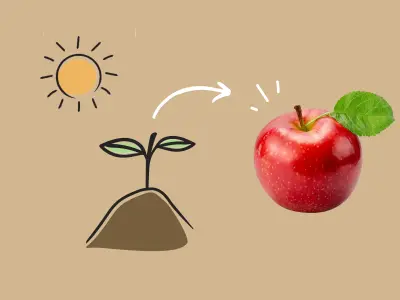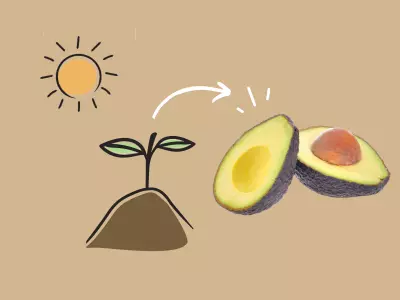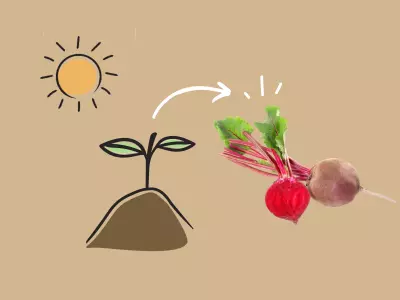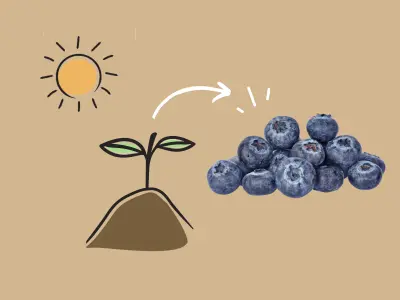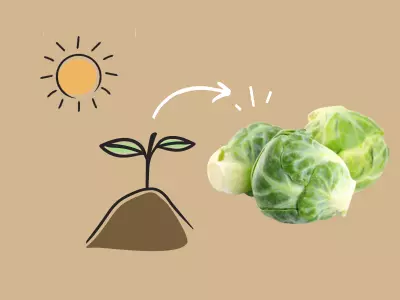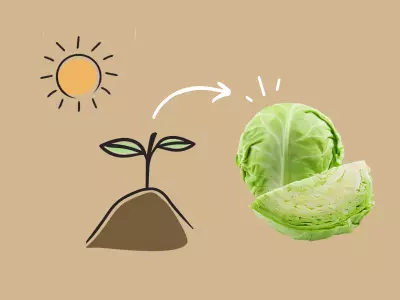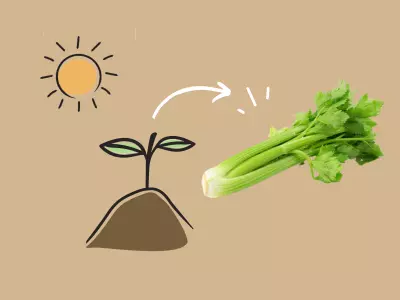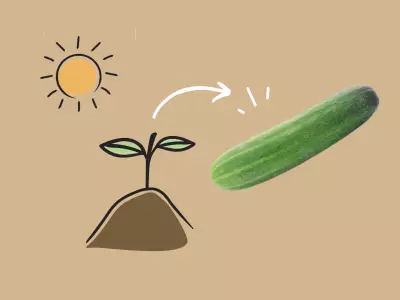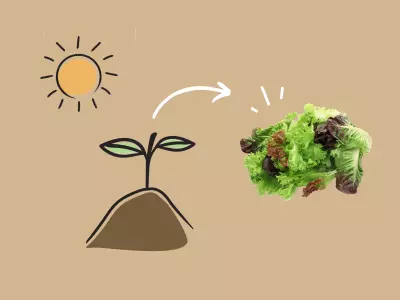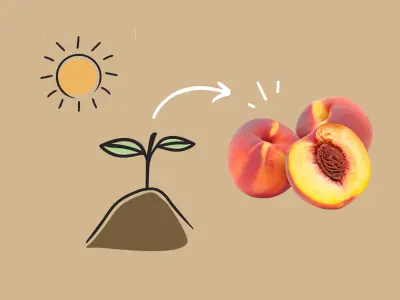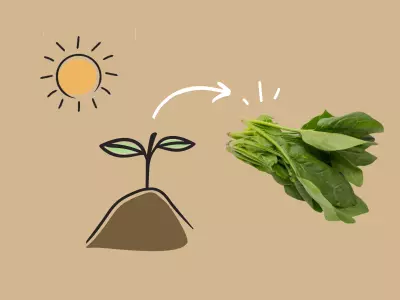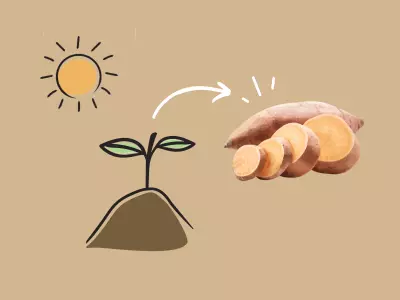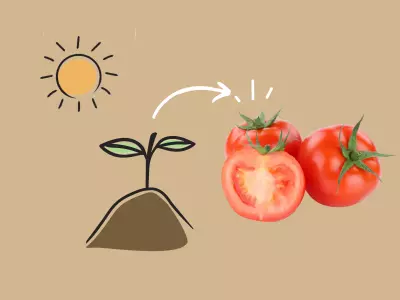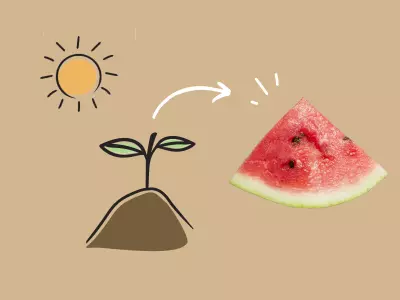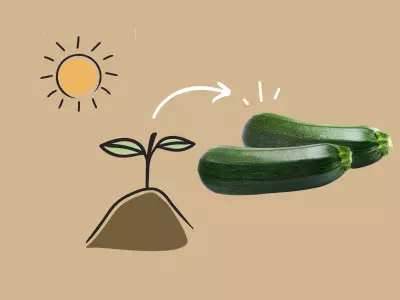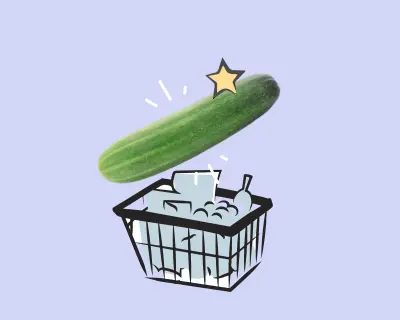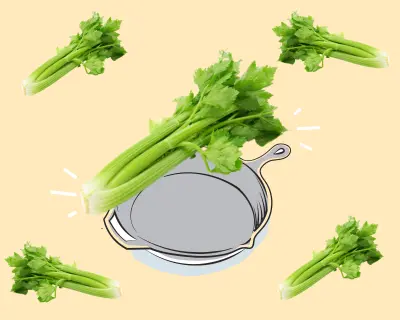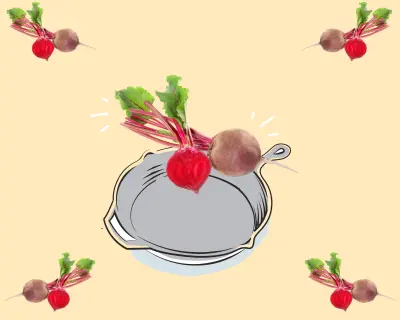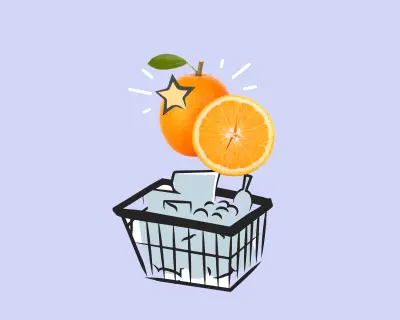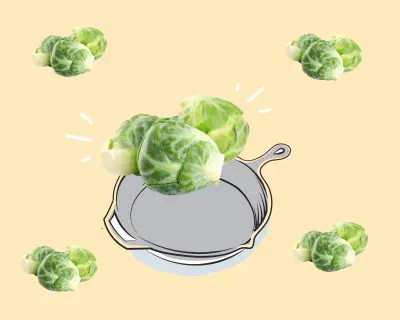Table of Contents[Hide][Show]
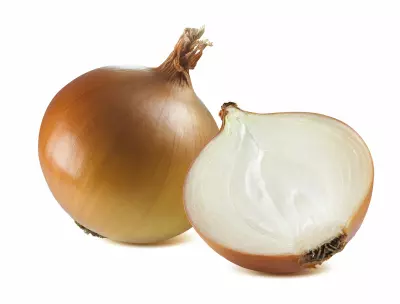
With a little bit of effort, you can have delicious, fresh onions readily available, making it hard to “tear” yourself away from the garden!
Types of Onions
Onion bulbs come in various shapes from globe-like to almost cylindrical and they can be classified based on their color (green, yellow, purple, white, and red onions), depending on their taste (non-sweet and sweet onions), or based on which part of the onion you are eating – sometimes the onion tops are consumed as is the case for green onions or scallions, while other times the bulb takes center stage. Other types of onions include pearl onions, potato onions, shallots, spring onions, tree onions, Welsh onions, and wild onions.
Importantly, onions can also be classified based on their day-length requirements for growing (short, medium, and long-day). This distinction is key when choosing the right type for your home garden.
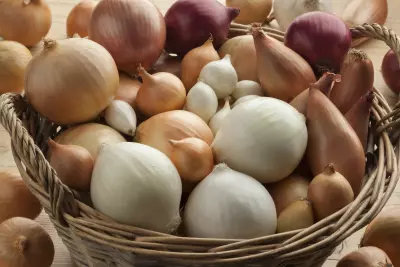
Short-day onions require 10 to 12 hours of daylight to form bulbs, making them ideal for warmer climates with mild winters, such as the southern United States. They tend to be sweeter and are often harvested in late spring or early summer. Example varieties include Georgia Sweet and White Bermuda.
Medium-day onions (also known as day-neutral onions) need 12 to 14 hours of daylight and grow best in regions with moderate daylight exposure, such as the central United States. These onions strike a balance between sweet and pungent flavors. Example varieties include Candy and Super Star.
Long-day onions need 14 to 16 hours of daylight and thrive in northern regions with long summer days. They typically have a stronger, more pungent flavor and are great storage onions. Example varieties include Walla Walla and Copra.
Getting Started
Onions can be grown from seeds, sets (immature bulbs from last year) or transplants (onion seedlings started in the current growing season sold in bunches at your local garden center). From seed to harvest, onions take up to four months to mature. Specific requirements may vary depending on the cultivar you are growing, but if you plan to grow onions from seeds in general it is best to plant onion seeds four to six weeks before the last frost date (or earlier if starting indoors). Onion sets establish quickly and are easier to plant – once planted, full bulb formation will occur in approximately three and a half months. This vegetable can be grown in USDA Zones 3 to 9 (to find out what zone you are in, check here). If you live in cold-winter climates, you’ll need to start seedlings indoors. Choice of cultivar is also important with respect to day-length requirements – different onion varieties are recommended for different latitudes as day length will affect how and when onions form bulbs. Look for short-day onions, medium-day onions, or long-day onions depending on where you live. Keep in mind that onions grow tops in cool weather and form bulbs in warmer weather so it’s best to plant them in spring (unless you have mild-winters, in which case onions are grown as a fall or winter crop). A fall crop requires at least 4 to 6 weeks of warm temperature to become established in the ground before becoming dormant during the cool season and will be ready to grow when spring arrives. If the temperature gets too hot, the plant will bolt (flower prematurely).
Where Best to Plant
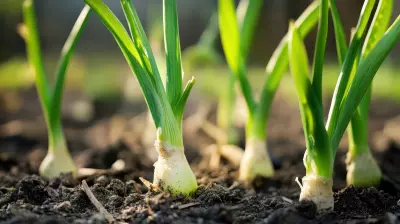
If sowing directly outdoors in your vegetable garden, sow seeds in rows about half an inch deep (1.3 cm), progressively thinning seedlings until they are 4 to 6 inches (10 to 15 cm) apart. If you start seeds indoors, transplant seedlings when they are 2 to 3 inches (5 to 7.5 cm) tall. Onion seeds need temperatures of at least 50 °F (10 °C) to germinate properly. Plant onion sets or transplants 2 inches (5 cm) deep, 4 to 6inches (10 to 15 cm) apart. Place the bulbs with the pointed end up and don’t plant them too deep (bury them no more than an inch (2.5 cm) under the loose soil). Onions grow well in raised bed or raised rows at least 4 inches (10 cm) high. At planting time, add about an inch (2.5 cm) of compost or organic matter to the bottom of each row before planting.
Onions are best cultivated in fertile well-drained soil with soil pH between 6.0 and 7.0. For example, sandy loams work well as they are low in sulfur, while clay soils usually have a high sulfur content and produce pungent bulbs. Onions require a high level of nutrients in the soil as they are heavy feeders so it’s a good idea to add aged manure or compost to the soil in the fall or early spring. Onions like full sun. Think of it this way – the more energy they get from the sun, the larger the bulbs will grow! It is also important to keep the plants well weeded, but be careful doing this as onions have shallow roots. Adding mulch can help prevent weeds and help the soil retain moisture. Plants need at least 1 inch (2.5 cm) water per week or bulbs may split. It’s best to accomplish this with a soaker hose placed close to the plants in order to direct water to the onion roots as they don’t compete well with weeds.
If you have sprouted onions at home in your kitchen, you can try planting them too! You won’t get more onion bulbs from it, but you will get lots of tasty green sprouts. To do this, fill a pot with potting soil. Place the onion in a hole in the middle (about the depth and width of the onion), cover with soil, water and place in a sunny spot. Sprouts can be harvested for cooking!
Pests & Diseases
Pest affecting onions include onion eelworm, onion fly, onion maggots, and onion thrips; diseases affecting the plants include downy mildew, neck rot, pink root, smut, white rot, and white-tip disease. Rotating crops and ensuring good drainage helps prevent diseases caused by fungi in the soil.
When planting in the garden it’s a good idea to scatter onions throughout your garden. Not only will this reduce chances of onion pests, but Allium species, in general, are great at warding off pests from many types of plants, such as beets, carrots, chard, lettuce, strawberry, tomatoes, and crucifer vegetables, which is great for the overall health of your garden! In addition to onions, Allium veggies include garlic, leeks, chives, and shallots. Onions are thought to protect against borers, cutworms, maggots, mites, and slugs. Chamomile and the herb summer savory improve onion growth and flavor so they make great companion plants in the garden!
Harvest Time
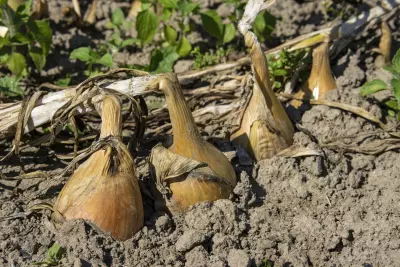
Most types of onions can be pulled young as green onions but if you are waiting for mature bulbs, wait for onion tops to turn yellow, then bend them over horizontally with the back of a rake. This prevents sap from flowing to the stems such that the plant’s energy is focused on maturing the bulb. Once the tops turn brown (a few days later), dig or pull up the bulbs, leaving them to dry in the sun. Do not harvest onions when wet as they will not cure well and may rot during storage. Once the outer papery skins are dry, you can remove the tops and store onions in a cool, dark place. If you plan to eat onions immediately, you can pull the bulbs as needed without waiting for the tops to turn yellow.
With a little bit of effort, you’ll soon have fresh onions to “dig” into!
Grow Your Own Garden
If you’re looking for help on how to grow other foods check out these posts!



